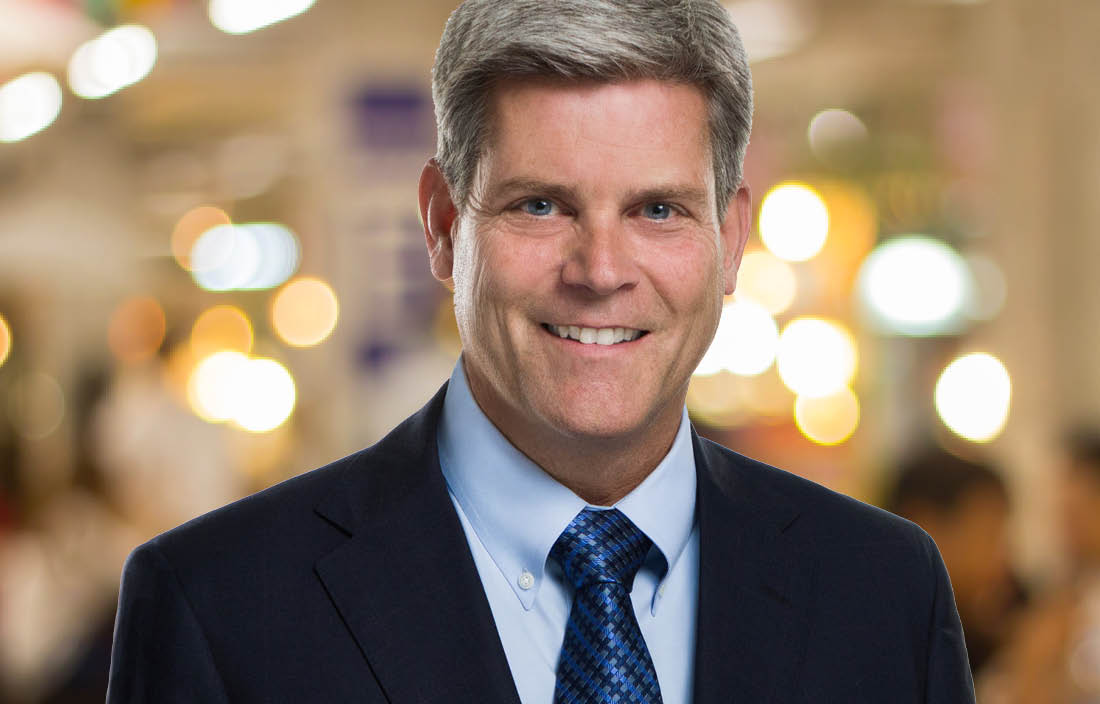You’ve heard the saying, “Two heads are better than one.” Scott Page, an economist and professor of complex systems at the University of Michigan, recently proved this adage with one significant caveat: they have to be diverse heads. Otherwise, according to Page, two heads are the same as one.
In his book “The Difference: How the Power of Diversity Creates Better Groups, Firms, Schools, and Societies,” Page proves that the collective ability of any crowd is equal to the average ability of its members, plus the diversity of the group. As such, diversity clearly trumps homogeneity and often trumps ability. In an example straight from Page’s book, let’s say there are two groups of problem solvers of the same intelligence and ability. Everyone in Group A is unique and has a distinct perspective. Every person in the Group B is identical and shares the same perspective. As a result, Group B may just as well contain one single person; once one person in the group arrives at a solution, no one else can improve upon it. In Group A, however, members will challenge each other and improve upon one another’s solutions.
Page encourages companies to do more than make good use of existing diversity; he believes diversity to be a competitive weapon and suggests that organizations should encourage even greater functional diversity. At Plante Moran, we recruit with an eye toward diversity. In a personal example, when I put together my management team a couple of years ago, I specifically selected people with very different perspectives and strengths than mine, and the results have been illuminating. The last thing you want is for everyone within a team or an organization to be just like you. Eventually, you just breathe in your own exhaust.
How has diversity benefitted your organization?




